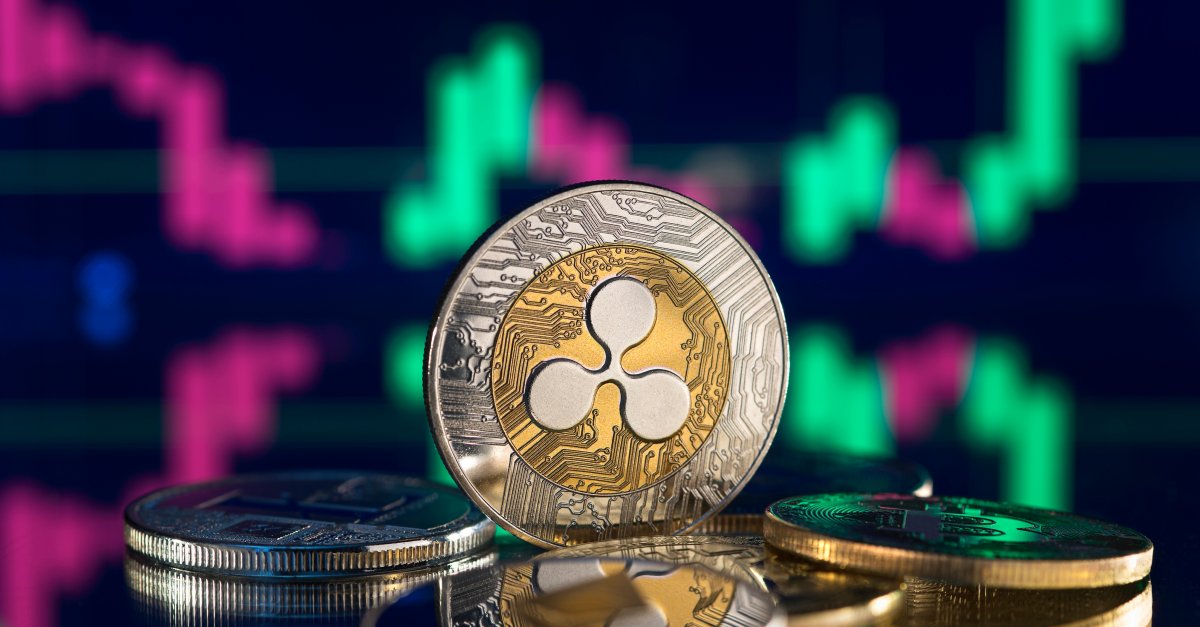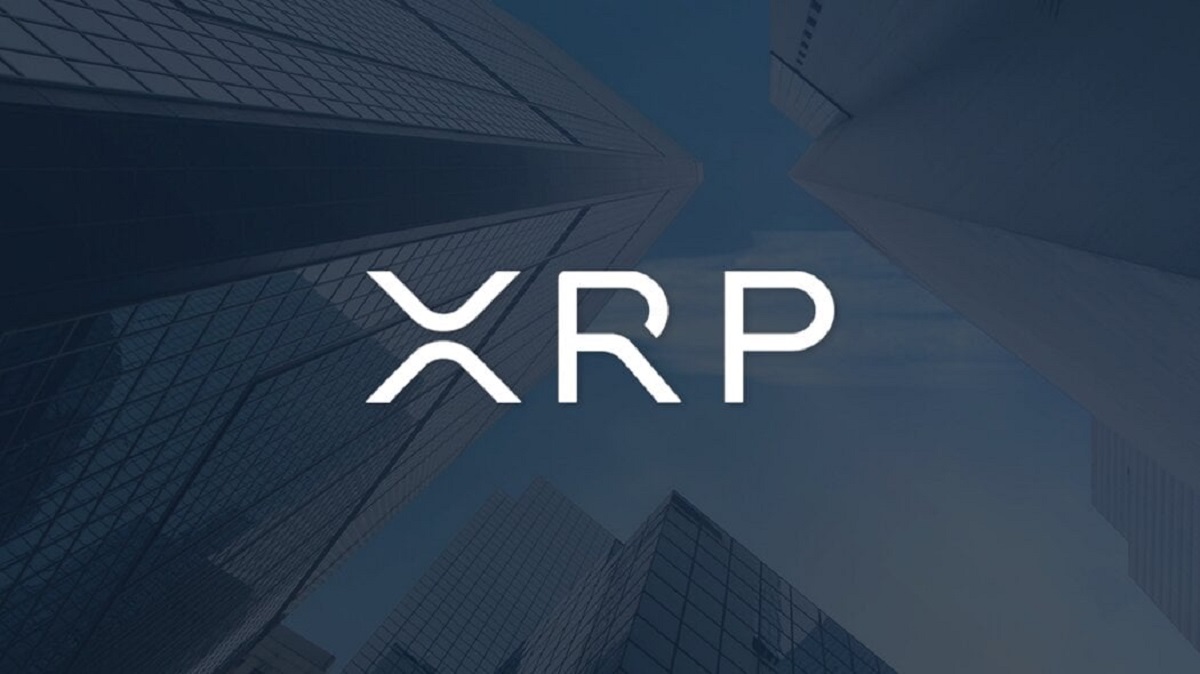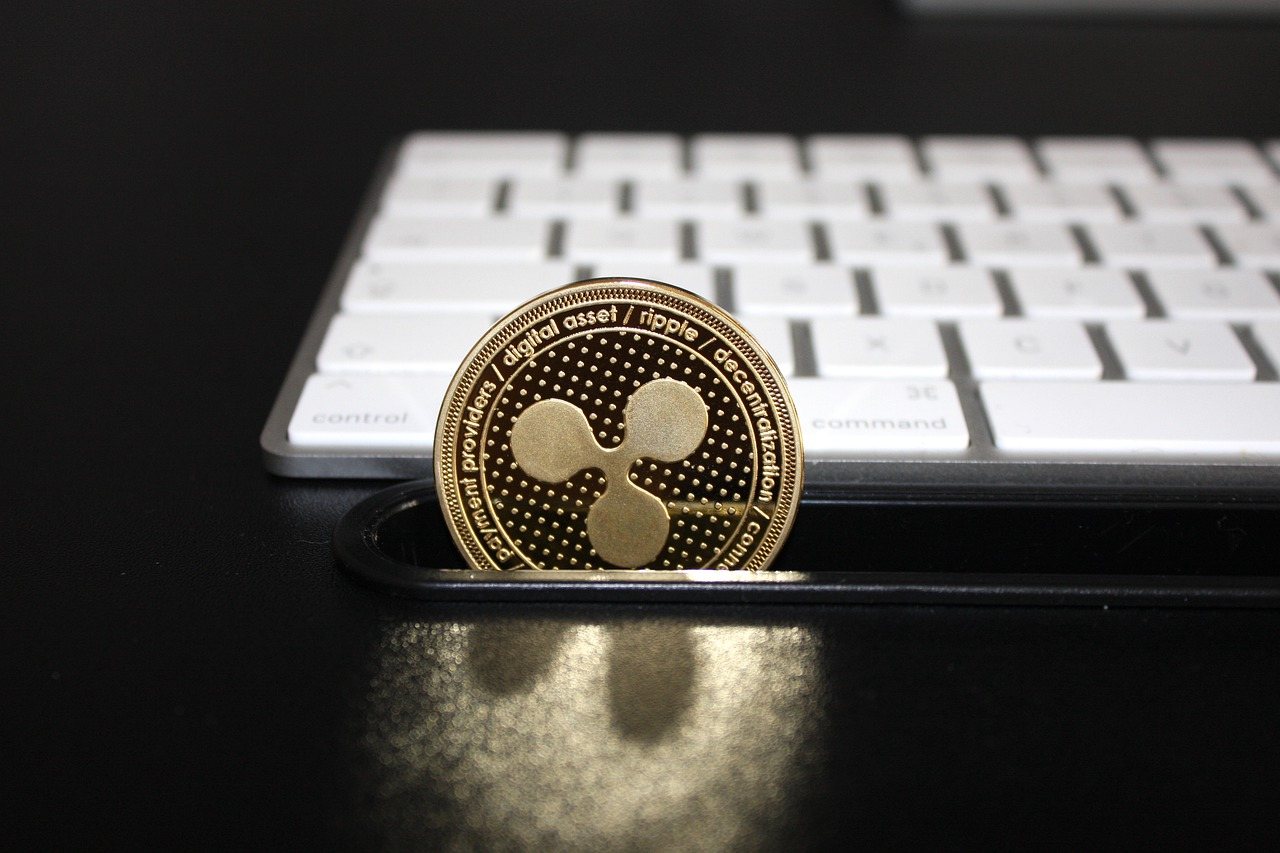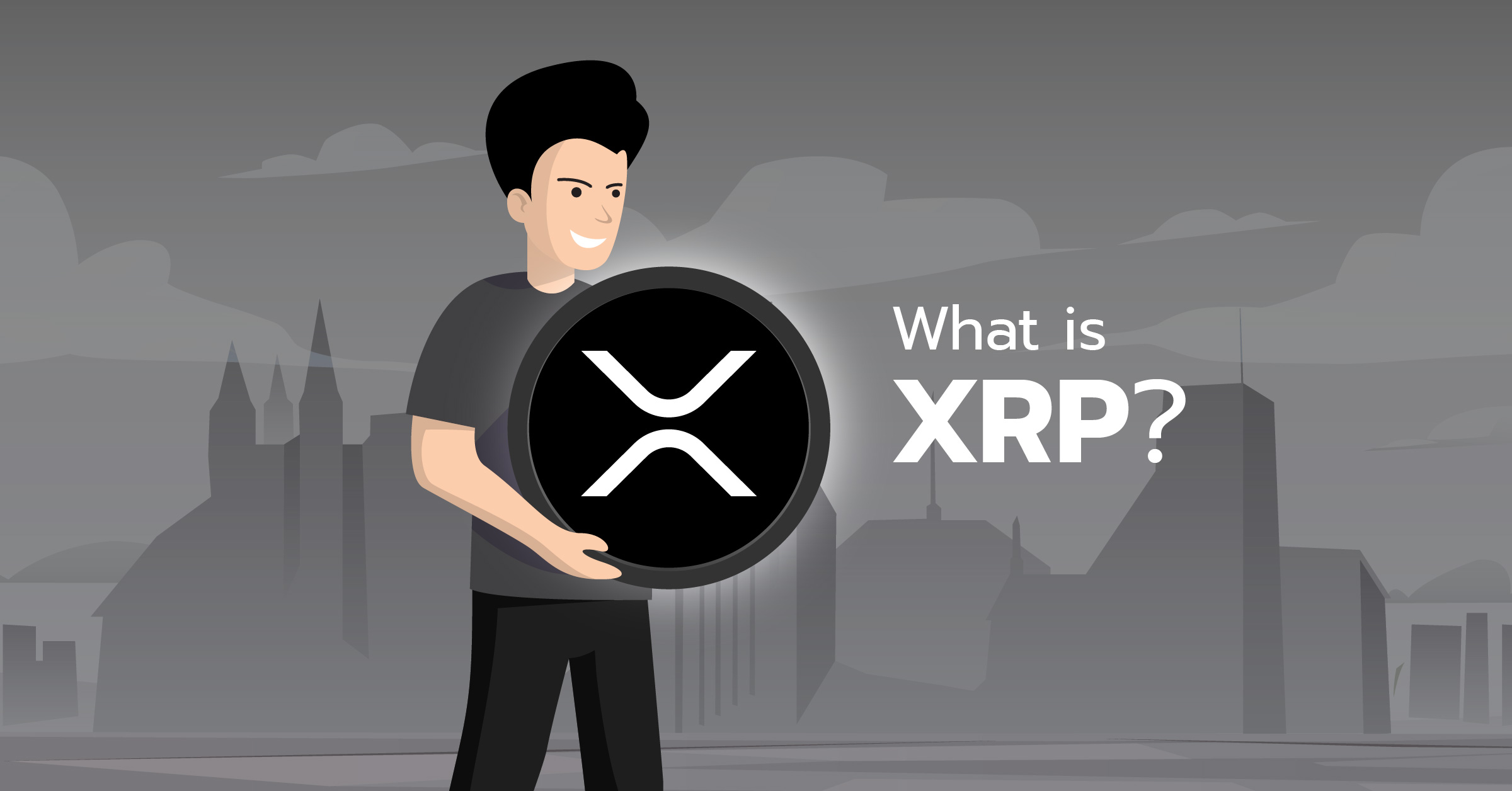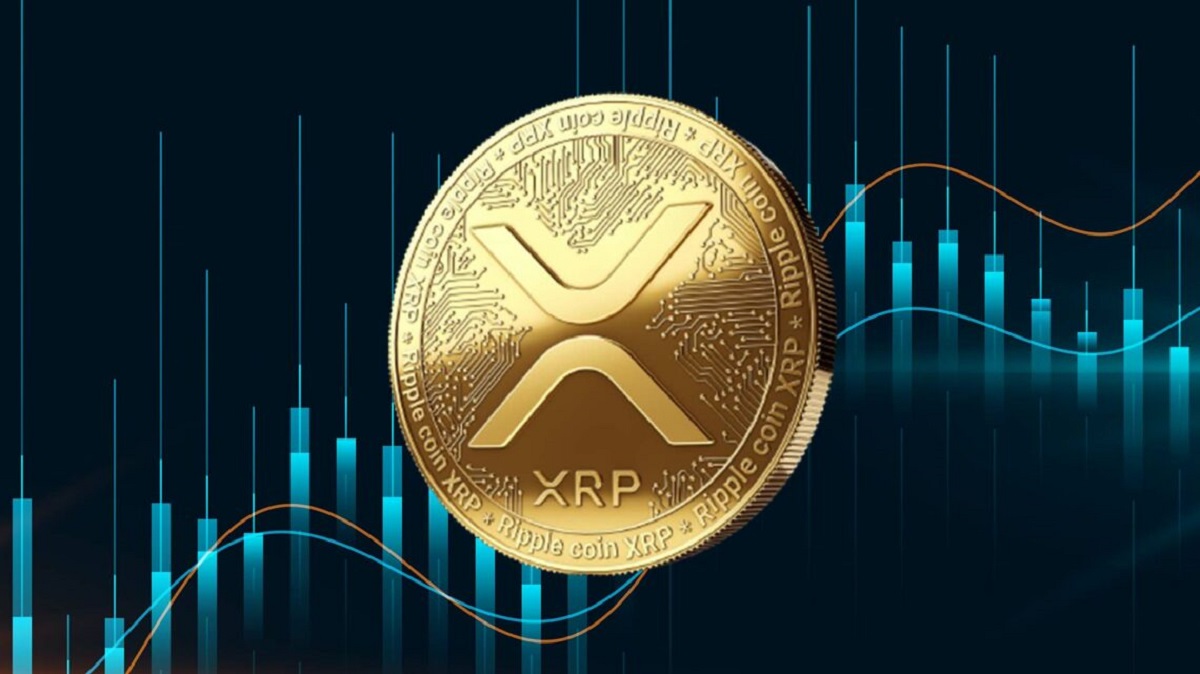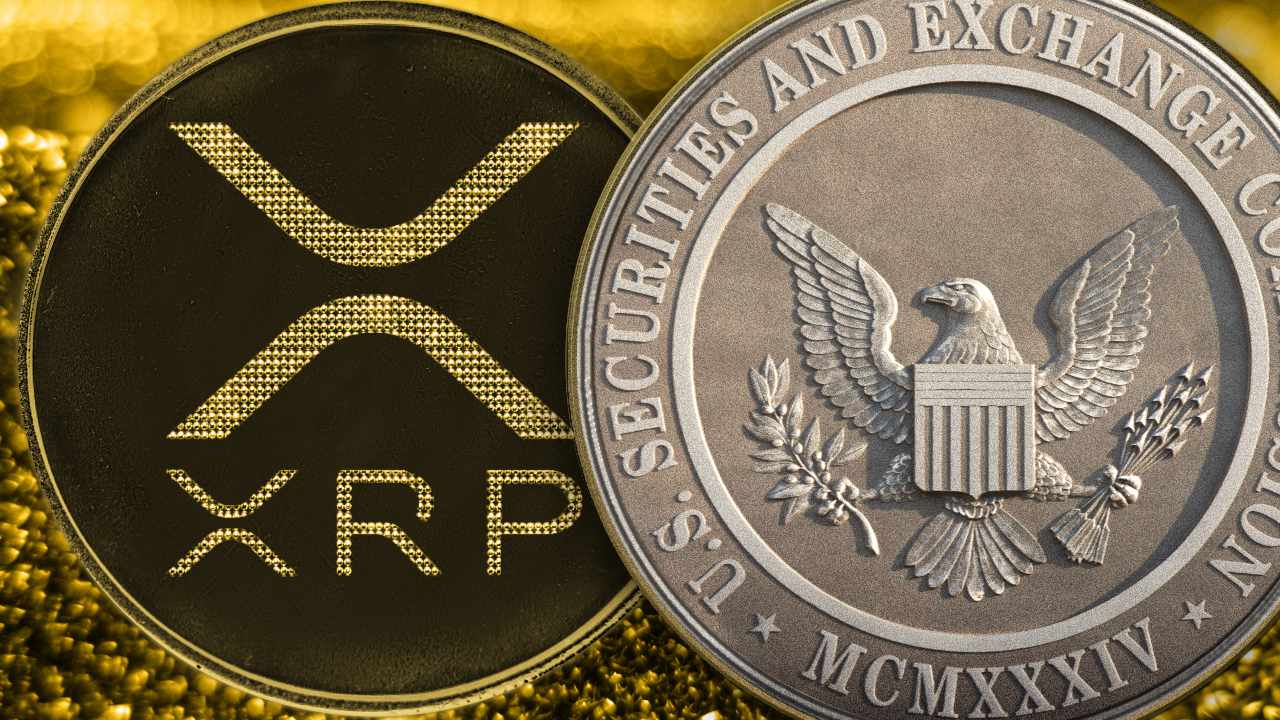Introduction
Welcome to our exploration of XRP, one of the largest cryptocurrencies in the world. Designed by Ripple Labs, XRP aims to revolutionize the way global payments are made by enabling fast, low-cost transactions across borders. In this article, we will delve into the details of XRP, including its total supply, distribution, and the factors that affect its availability in the market.
As digital currencies continue to gain prominence, XRP has emerged as a standout player in the cryptocurrency space. Its unique features and underlying technologies make it different from other popular cryptocurrencies like Bitcoin and Ethereum.
Through a decentralized digital ledger called the XRP Ledger, XRP facilitates the quick and efficient transfer of value between individuals and institutions. This ledger acts as a database that records all transactions and balances involving XRP, ensuring a secure and transparent network.
One of the key factors that distinguishes XRP from other cryptocurrencies is its large total supply. Unlike Bitcoin, which has a finite supply capped at 21 million coins, Ripple Labs created 100 billion XRP coins right from the start. This larger supply has sparked curiosity among investors and enthusiasts about how these coins are distributed and what impact it has on the market.
Furthermore, we will explore the concept of XRP being locked in escrow by Ripple Labs. This mechanism was put in place to promote stability and prevent market manipulation. Additionally, we will delve into Ripple’s holdings of XRP and the burning process involved, which affects the total available supply.
Lastly, we will touch upon other factors that influence the availability and circulation of XRP in the cryptocurrency space. These factors include market demand, regulatory developments, and technological advancements.
Join us as we unravel the mysteries of XRP and gain a deeper understanding of its place in the world of cryptocurrencies. Let’s dive into the fascinating world of XRP and explore its inner workings!
What is XRP?
XRP is a digital asset and cryptocurrency created by Ripple Labs. It serves as a bridge currency in Ripple’s payment network, aiming to enable fast and cost-effective cross-border transactions. Unlike traditional banking systems that rely on intermediaries and multiple currencies, XRP simplifies the process by acting as a mediator between different currencies. It facilitates the seamless transfer of value in real-time, making it an attractive option for financial institutions and individuals seeking to reduce costs and increase efficiency in international transactions.
One crucial feature of XRP is its speed. Traditional cross-border payments often take several days to settle due to the involvement of various banks and intermediaries. However, with XRP, transactions can be completed within seconds. It achieves this through its underlying technology, the XRP Ledger, which operates using a consensus algorithm known as the Ripple Protocol Consensus Algorithm (RPCA). This algorithm ensures the validity and accuracy of transactions, allowing for quick settlement and confirmation.
Another significant advantage of XRP is its low transaction fees. Unlike other cryptocurrencies like Bitcoin, which can incur high transaction costs during peak demand, XRP offers a cost-effective solution for transferring value. The minimal fees associated with XRP transactions make it an attractive choice for individuals and businesses looking to save money on international payments.
Furthermore, XRP’s continual development and integration into various financial systems make it a versatile digital asset. Ripple Labs actively collaborates with banks and financial institutions to implement XRP in their cross-border payment processes. By doing so, they aim to streamline transactions, increase liquidity, and reduce the reliance on pre-funded nostro accounts, which can tie up large amounts of capital.
Overall, XRP offers a unique approach to international payments, leveraging its speed, cost-effectiveness, and scalability. It presents a viable alternative to traditional banking systems, paving the way for a more efficient global payment infrastructure. As the digital asset and blockchain technology continue to evolve, XRP remains at the forefront of innovation, poised to reshape the way we transact across borders.
XRP Ledger
The XRP Ledger is a decentralized digital ledger that forms the foundation of the XRP cryptocurrency. It is a secure and transparent network that enables the quick and efficient transfer of value between parties. Let’s explore how the XRP Ledger operates and the key features that make it stand out.
At its core, the XRP Ledger functions as a distributed database, storing information about all XRP transactions and balances. This decentralized nature ensures that no single entity has control over the ledger, promoting transparency and security.
One of the key features of the XRP Ledger is its consensus algorithm, the Ripple Protocol Consensus Algorithm (RPCA). Unlike traditional blockchain networks like Bitcoin, which rely on proof-of-work (PoW) consensus, the XRP Ledger utilizes a unique consensus mechanism known as the consensus of validators. Validators are trusted nodes that validate and confirm transactions on the network.
This consensus algorithm enables the XRP Ledger to achieve remarkable scalability and speed. Transactions are settled within seconds, allowing for almost instant transfer of value across borders. This efficiency is critical in facilitating real-time payments, reducing the reliance on traditional banking systems plagued by delays and high costs.
In addition to fast transaction settlement, the XRP Ledger also boasts low transaction fees. The consensus mechanism enables the network to process a high volume of transactions without incurring exorbitant costs. This makes XRP an attractive option for individuals and businesses seeking cost-effective cross-border payments.
Security is another paramount aspect of the XRP Ledger. Through cryptographic techniques, transactions on the ledger are protected against tampering and fraud. The decentralized nature of the ledger also enhances security, as it eliminates the risk of a single point of failure.
Unlike some blockchain networks, the XRP Ledger does not rely on mining to create new XRP coins. Instead, all 100 billion XRP coins were created at the network’s inception. This fixed supply distinguishes XRP from other cryptocurrencies and contributes to its stability and predictability in the market.
Overall, the XRP Ledger is a robust and innovative decentralized digital ledger. Its consensus algorithm, scalability, low transaction fees, and security measures make it a compelling choice for financial institutions and individuals looking to optimize their cross-border payment processes. With its unique features, the XRP Ledger continues to drive progress in the world of cryptocurrencies and reshape the global payment landscape.
Total Supply of XRP
The total supply of XRP plays a crucial role in understanding the dynamics of this digital asset. Unlike Bitcoin, which has a finite supply, XRP has a maximum supply of 100 billion coins. Let’s dive deeper into the significance of this large supply and how it affects the XRP market.
The considerable total supply of XRP was created by Ripple Labs right from the beginning. This decision has sparked discussions and debates among investors and enthusiasts about how this abundance of coins impacts the value and utility of XRP.
One of the primary reasons for the large supply is to accommodate the needs of financial institutions and banks. Ripple Labs envisioned XRP as a bridge currency that would facilitate seamless cross-border payments. The large supply ensures that there are enough XRP coins available to support significant transaction volumes and liquidity requirements on the XRP Ledger.
However, it’s important to note that not all 100 billion XRP coins are currently in circulation. A considerable portion of the total supply is held by Ripple Labs, the company behind XRP. This allocation allows Ripple to fund its operations, invest in technological advancements, and support the growth of the XRP ecosystem.
In addition to the XRP held by Ripple Labs, a significant amount of XRP is also in the hands of early investors, individuals, and other entities. These holdings contribute to the overall distribution of XRP in the market.
It’s essential to understand that the supply of XRP is not subject to mining like other cryptocurrencies. Instead, the entire supply was created at once, and the distribution is managed through various mechanisms.
Ripple Labs has implemented measures to ensure a controlled release of XRP into the market. One such mechanism is the use of escrow accounts. These accounts hold a specific amount of XRP and release a predetermined portion into circulation on a regular basis. This mechanism helps prevent market manipulation and ensures a steady supply of XRP over time.
As of now, a significant amount of XRP remains in escrow, waiting to be gradually released into the market according to a predefined schedule. This planned release helps maintain stability while allowing XRP to meet market demand.
Overall, the large total supply of XRP, coupled with the careful management and distribution by Ripple Labs, plays a vital role in shaping the market dynamics and liquidity of this cryptocurrency. Understanding the complexities of the total supply is important in analyzing the potential impact on the value and adoption of XRP.
Distribution of XRP
The distribution of XRP, the digital asset created by Ripple Labs, is a topic of significant interest and discussion among investors and enthusiasts. Understanding how XRP is distributed across various entities and individuals provides valuable insights into its market dynamics and the overall ecosystem. Let’s explore the distribution of XRP in more detail.
One key aspect of XRP distribution is the allocation of coins to Ripple Labs, the company behind XRP. Ripple Labs holds a substantial portion of the total supply, which serves various purposes. These XRP holdings allow Ripple Labs to fund operations, invest in further development, support partnerships, and contribute to the growth of the XRP ecosystem.
Another significant category of XRP holders are early investors, who acquired XRP during its initial stages. These early adopters played a crucial role in supporting the development and adoption of XRP. Their holdings contribute to the overall distribution of XRP and may impact market dynamics depending on their buying and selling patterns.
Outside of Ripple Labs and early investors, XRP distribution extends to individual holders, retail investors, and various entities. These entities could include financial institutions, exchanges, and other third-party service providers that integrate XRP into their operations. The decentralized nature of XRP allows for broad ownership and participation in the XRP ecosystem.
It’s important to note that the distribution of XRP can evolve over time as holdings change hands, new participants enter the market, and existing holders adjust their positions. This dynamic distribution landscape adds an element of liquidity and market activity to XRP, shaping its value and market sentiment.
Ripple Labs has implemented measures to ensure a fair distribution of XRP and prevent market manipulation. One such measure is the establishment of XRP escrow accounts. These accounts hold a specific amount of XRP and release a predetermined portion into circulation on a regular basis. This mechanism helps maintain stability and prevents sudden influxes of XRP into the market.
As XRP continues to gain recognition and adoption, its distribution across a broader range of entities and individuals becomes increasingly important. A diversified and balanced distribution supports market liquidity and stability, allowing for healthy price discovery and market participation.
Overall, the distribution of XRP spans across Ripple Labs, early investors, individual holders, retail investors, financial institutions, and various entities integrating XRP into their operations. Understanding the distribution dynamics and the evolving landscape is crucial in comprehending the market forces that impact the value and adoption of XRP.
XRP Locked in Escrow
XRP locked in escrow is an important mechanism established by Ripple Labs to ensure the controlled release of XRP into the market. This process helps maintain stability, prevent market manipulation, and provide transparency in the distribution of XRP. Let’s explore how XRP locked in escrow works and its significance in managing the supply of XRP.
The XRP escrow system involves locking up a certain amount of XRP in an escrow account, preventing immediate access to the locked coins. This mechanism provides confidence to market participants and investors that the market will not be flooded with large amounts of XRP at once, which could potentially impact the price and market stability.
The concept of locking XRP in escrow revolves around the idea of structured and planned releases of XRP into the market over time. This controlled release mitigates risks associated with sudden increases in the supply of XRP, offering a more regulated and predictable distribution pattern.
Ripple Labs utilizes smart contracts to enforce the release of XRP from the escrow accounts. These smart contracts specify the conditions under which XRP can be redeemed and released. By setting a predetermined schedule or specific trigger conditions, the potential impact on the XRP market is minimized, and market participants can better anticipate the supply dynamics.
Escrow accounts typically release a portion of the locked XRP on a regular basis. This gradual and controlled release helps ensure a more balanced distribution over time. It allows for consistent market activity and liquidity without overwhelming the market with a large influx of XRP at once.
Transparency is a key aspect of the XRP escrow process. The details of the locked XRP and the specific terms of the smart contracts are publicly available, providing transparency and accountability to the market and XRP holders. This transparency helps build trust and confidence in the XRP ecosystem.
As the escrowed XRP is released according to the predetermined schedule or trigger conditions, it becomes available for market participants, including individual investors, financial institutions, and other entities, contributing to the overall distribution of XRP.
The XRP locked in escrow mechanism highlights Ripple Labs’ commitment to responsible and measured distribution of XRP. By implementing this mechanism, Ripple Labs aims to ensure market stability, prevent sudden fluctuations, and provide clarity and predictability to the XRP ecosystem.
Overall, the XRP locked in escrow serves as an important tool in managing the supply of XRP. It enables controlled and transparent distribution, contributing to the stability and long-term viability of the XRP market. This mechanism, coupled with the broader distribution efforts, supports the growth, adoption, and utility of XRP in the cryptocurrency landscape.
Ripple’s XRP Holdings
One significant aspect of XRP’s distribution is the holdings of XRP by Ripple Labs, the company behind the cryptocurrency. Ripple Labs initially created a substantial portion of the total XRP supply, and these holdings play a crucial role in the overall ecosystem. Let’s dive into the details of Ripple’s XRP holdings and their impact on the market.
Ripple Labs holds a significant amount of XRP, and these holdings serve various purposes within the company’s ecosystem. One of the primary reasons for Ripple’s XRP holdings is to support the growth and development of the XRP network, as well as to finance Ripple Labs’ operations and strategic investments.
Ripple’s XRP holdings provide liquidity to the market, allowing the company to facilitate transactions and partnerships with financial institutions and liquidity providers. This liquidity is vital for enabling efficient cross-border payments and ensuring the smooth functioning of the XRP ecosystem.
It’s important to note that Ripple Labs has taken measures to ensure the responsible management of their XRP holdings. This includes implementing restrictions and carefully planning the release of XRP into the market. By adhering to these practices, Ripple Labs aims to prevent any potential market disruptions or fluctuations caused by the sudden release of a large volume of XRP.
Ripple’s XRP holdings also contribute to the overall distribution of XRP. As Ripple Labs engages in collaborations and partnerships with various entities within the financial sector, it may allocate a portion of its XRP holdings to foster growth and stimulate adoption. These strategic allocations can help incentivize and support the integration of XRP into different platforms and applications.
Transparency is a key aspect of Ripple’s XRP holdings. Ripple Labs provides regular reports and updates on the status of their XRP holdings, as well as the progress and achievements of their ecosystem initiatives. This transparency helps build trust and instills confidence in the market about the management and utilization of Ripple’s XRP holdings.
It’s worth noting that Ripple Labs is committed to responsible practices when it comes to their XRP holdings. The company has voluntarily placed a majority of their XRP holdings into escrow accounts, which further demonstrates their dedication to maintaining market stability and preventing any perceived market manipulation.
Overall, Ripple’s XRP holdings not only support Ripple Labs’ operations and strategic initiatives but also contribute to the overall liquidity and distribution of XRP. Their responsible management and transparent approach help foster trust in the market, driving the adoption and success of XRP as a digital asset and bridge currency in the global financial landscape.
XRP Burn Rate
The concept of the XRP burn rate refers to the intentional destruction or removal of XRP from the supply. This process plays a significant role in managing the total XRP supply and potentially impacting its value. Let’s explore the XRP burn rate and its implications.
Ripple Labs, the company behind XRP, has implemented a burn mechanism to remove XRP from circulation. This process involves the destruction of a small amount of XRP with each transaction made on the XRP Ledger. The XRP burned is permanently removed from the total supply, effectively reducing the available XRP in the market.
The primary purpose of implementing an XRP burn rate is to counterbalance the creation of XRP. While a large portion of the XRP supply was created by Ripple Labs, the burn rate helps maintain a balance by gradually decreasing the overall supply over time. This reduction in supply may have an impact on the value of XRP, as it potentially creates scarcity and could contribute to price appreciation.
It’s important to note that the XRP burn rate is relatively small compared to the total supply. The amount burned per transaction is insignificant when considering the total XRP market cap. However, when viewed over a long period, these incremental burns can have a cumulative effect, gradually reducing the supply and potentially influencing the market dynamics.
The burn rate mechanism operates automatically within the XRP Ledger, ensuring transparency and efficiency. As transactions occur, a small fraction of XRP is destroyed, recorded on the ledger, and visible to participants and observers. This transparency adds an element of trust and accountability to the burn process.
While the XRP burn rate does decrease the available supply, it’s important to consider other factors, such as market demand and adoption, that influence the overall dynamics of XRP. These factors can have a more significant impact on the value and price of XRP in the long term.
Additionally, it’s worth noting that the XRP burn rate is separate from the XRP escrow and distribution mechanisms implemented by Ripple Labs. The XRP burned through transactions is distinct from the XRP locked in escrow accounts, which are released according to a predefined schedule.
Overall, the XRP burn rate serves as a mechanism to gradually decrease the total supply of XRP. While the impact of these incremental burns may be relatively small in the short term, they can have a cumulative effect over time. The intentional removal of XRP from circulation through the burn rate contributes to managing the supply of XRP and potentially affecting its value in the cryptocurrency market.
Other Factors Affecting XRP Supply
While the total supply, distribution, and burn rate are significant factors, other elements also influence the availability and circulation of XRP in the market. Let’s explore some of the key factors that affect the supply dynamics of XRP.
1. Market Demand: The level of demand for XRP plays a crucial role in determining its availability. If market participants, including financial institutions and individuals, seek to acquire XRP for various purposes such as cross-border payments or investment, it can lead to increased demand and potentially impact the available supply.
2. Regulatory Developments: Changes in regulatory frameworks and policies governing cryptocurrencies can also influence the availability of XRP. Regulatory actions that impose restrictions or limitations on the usage of XRP can impact its supply and adoption, potentially reducing its availability in certain jurisdictions.
3. Technological Advancements: Advancements in blockchain technology, scalability solutions, and interoperability protocols can impact the availability and scalability of XRP. Improvements in the underlying technology can contribute to a more efficient and accessible XRP network, potentially increasing its supply and market participation.
4. Partnerships and Integrations: Collaborations between Ripple Labs and financial institutions, payment processors, and other entities can contribute to the availability of XRP. Integration of XRP into various platforms and applications can expand its usage and potentially increase its supply through greater adoption and utilization.
5. Market Liquidity: The level of liquidity in the XRP market can also play a role in its availability. Higher liquidity enables easier buying and selling of XRP, contributing to increased supply and market participation. Market liquidity can be influenced by factors such as trading volume, depth of order books, and the presence of market makers.
It’s important to note that these factors interact with each other, creating a complex ecosystem that affects the supply of XRP. The interplay between supply and demand, regulatory developments, technological advancements, partnerships, and market liquidity all contribute to the overall availability and circulation of XRP.
As XRP continues to evolve and gain recognition in the global financial landscape, monitoring these factors and understanding their impact is crucial in analyzing the potential supply dynamics and value of XRP as a digital asset.
Conclusion
In conclusion, XRP is a prominent digital asset and cryptocurrency created by Ripple Labs. Its unique features, such as fast transaction settlement and low fees, position it as a key player in revolutionizing cross-border payments. Understanding the dynamics of XRP’s total supply, distribution, and burn rate is essential in comprehending its market behavior and potential value appreciation.
The total supply of 100 billion XRP coins, created at the inception of the network, ensures sufficient liquidity for financial institutions and supports high transaction volumes on the XRP Ledger. The distribution of XRP spans across Ripple Labs, early investors, and a broad range of individuals and entities, creating a diverse ownership structure and contributing to overall market liquidity.
The XRP locked in escrow mechanism, implemented by Ripple Labs, ensures a controlled release of XRP into the market, promoting stability and transparency. Additionally, Ripple’s XRP holdings provide liquidity and support development initiatives within the ecosystem.
The XRP burn rate, although relatively small per transaction, gradually reduces the total supply of XRP over time, potentially introducing scarcity and impacting the value of the digital asset. Other factors, including market demand, regulatory developments, technological advancements, partnerships, and market liquidity, also influence the availability and circulation of XRP.
As XRP continues to evolve, monitoring these factors and their influence on the supply dynamics is crucial in understanding the long-term prospects and value proposition of XRP. The efficient and cost-effective nature of XRP, coupled with its underlying technologies and ecosystem developments, position it as a significant force in reshaping the future of global payments.
As the cryptocurrency landscape continues to evolve, XRP remains a prominent player, driving innovation and offering a compelling solution for cross-border transactions. With its scalable infrastructure and advancing adoption, XRP is poised to continue making a profound impact in the financial world.







